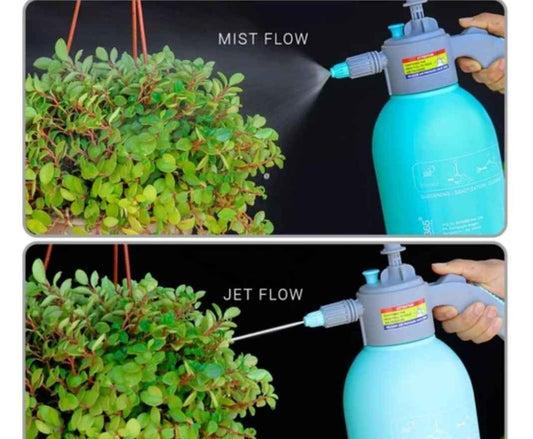Pests and insects can pose a severe threat to the health and well-being of plants, ultimately leading to crop failure and significant economic losses. As a result, the use of pesticides has become a widespread practice in agriculture and horticulture. While pesticides can be highly effective in controlling pests, it is essential to use them correctly and responsibly to avoid potential harm to both the environment and human health. This is where the proper use of plant pesticide with spray bottles comes into play.

Spray bottles are commonly used to apply pesticides to plants. They are a convenient and efficient way to deliver a controlled amount of pesticide to a specific area of the plant. However, improper use of spray bottles can result in unintended consequences such as over-application or drift, which can lead to harm to non-target organisms or contamination of nearby water sources.
One of the most important considerations when using spray bottles to apply pesticides is to select the correct type of spray nozzle. The nozzle determines the droplet size and spray pattern, which can significantly affect the efficiency and effectiveness of the pesticide application. For example, a nozzle that produces large droplets may not be suitable for certain crops, as the droplets may only reach some of the areas of the plant that require treatment. On the other hand, a nozzle that produces very fine droplets may lead to drift and off-target effects, increasing the risk of harm to non-target organisms.
It is also crucial to follow the manufacturer's instructions for mixing the pesticide and water solution. Over-diluting the key can result in ineffective treatment, while under-diluting can lead to over-application, which can be harmful to the plant and environment. In addition, it is essential to use the correct protective equipment, such as gloves and a mask, to avoid exposure to pesticides.
Another essential factor to consider is the timing of the pesticide application. Applying pesticides at the wrong time can reduce their effectiveness and increase the risk of harm to non-target organisms. For example, using pesticides during high wind speeds can lead to drift and off-target effects, while applying them during the wrong stage of plant growth may result in the pesticide not reaching the intended target.

It is essential to properly store and dispose of the pesticide and the spray bottle. Pesticides should be stored in their original containers, with the lids tightly closed, and kept in a cool and dry place away from children and animals. Empty pesticide containers and spray bottles should be thoroughly rinsed and disposed of under local regulations.
In conclusion, using plant pesticides with spray bottles can be an effective way to control pests and ensure healthy plant growth. However, it is crucial to use them properly and responsibly to avoid harm to the environment and human health. By selecting the proper spray nozzle, following the manufacturer's instructions, timing the application correctly, and properly storing and disposing of the pesticide and spray bottle, the risks associated with pesticide use can be significantly reduced.
You can also find information on plant pesticides and spray bottles by visiting your local Home & Garden Store or agricultural supply store. These stores typically carry a wide range of pesticides and spray equipment, as well as knowledgeable staff who can offer advice on product selection and use.
